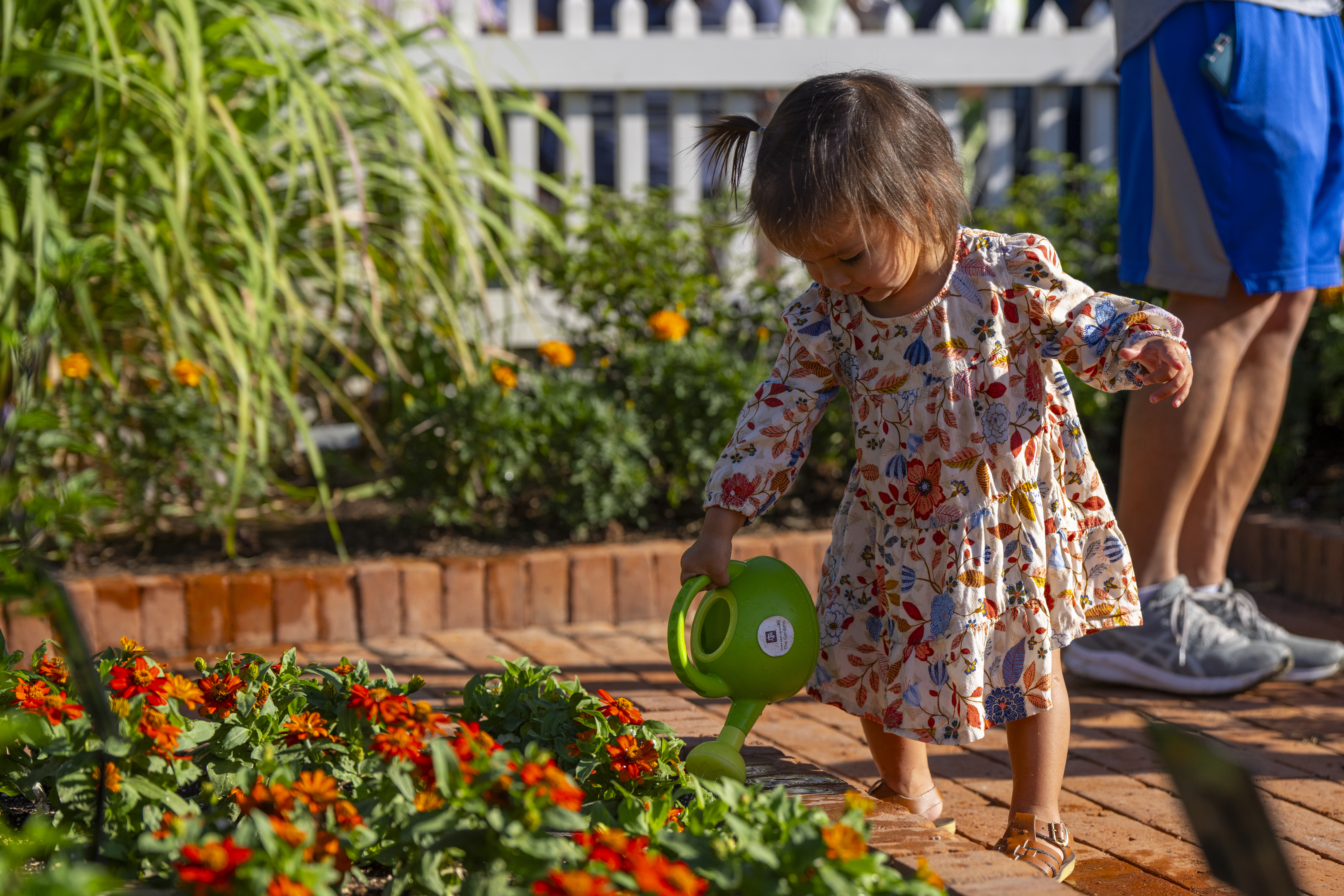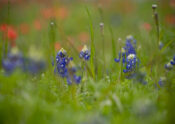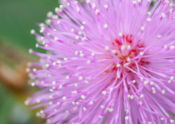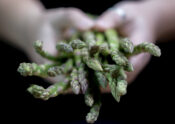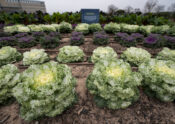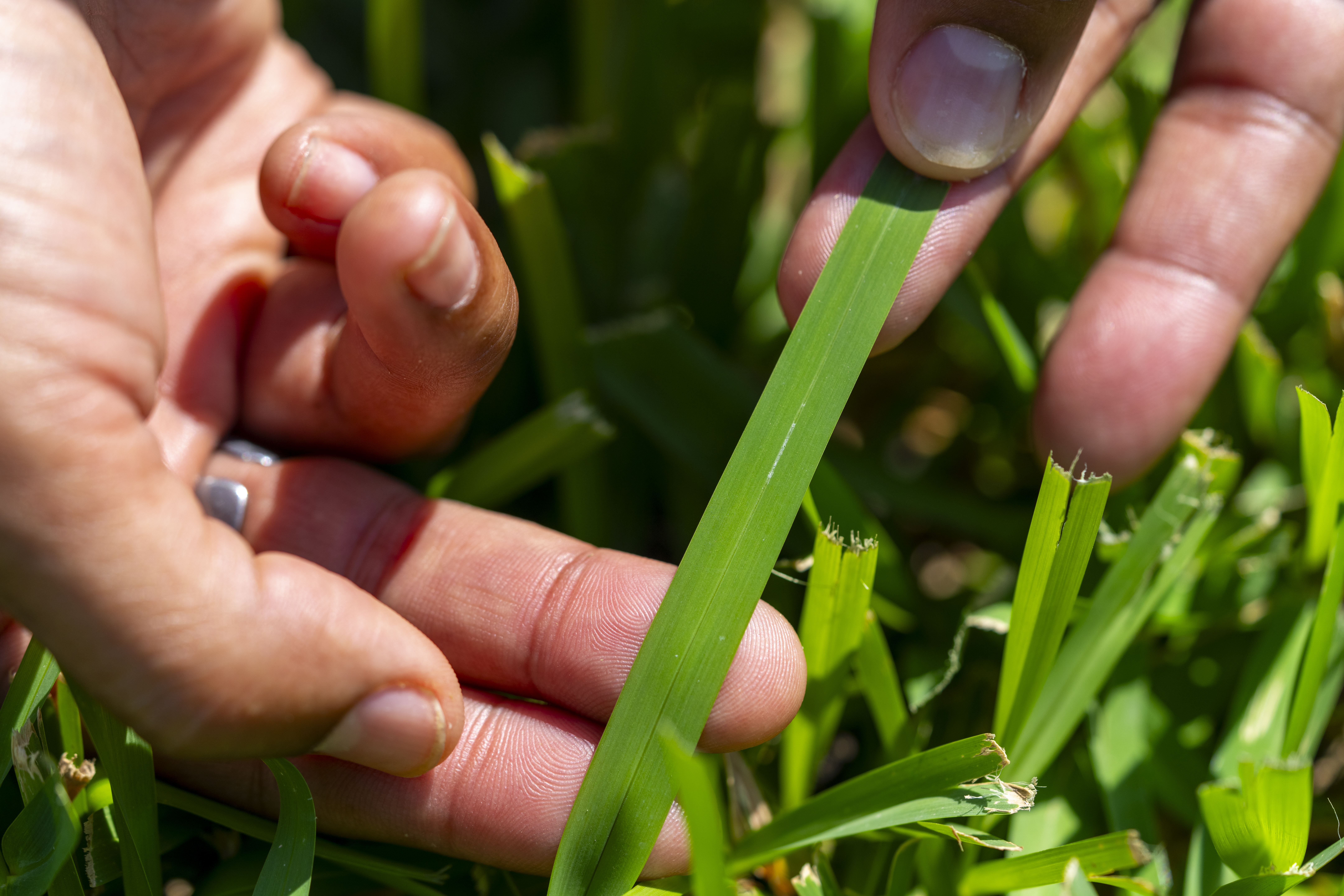
Spring is a busy time in the gardening world, and I never feel like I have enough time in the day to get to all my garden tasks. It could be that I need to stop buying plants for my new flower beds and just focus on what I have already growing, but where is the fun in that? Planting flowers is more fun than pulling weeds!
One topic that is coming up a lot this spring is problems in the lawn. St. Augustine grass took a hard hit in many lawns this winter, and it is very slow to come back this spring.
This winter, we had relatively warm weather until the hard freeze in January. Many St. Augustine lawns were still green in January and had not had enough cold temperatures to go dormant. During the hard freeze on the weekend of January 13, we had temperatures down to 17 degrees. That is a big temperature drop for St. Augustine grass that has not gone dormant yet! (more…)


